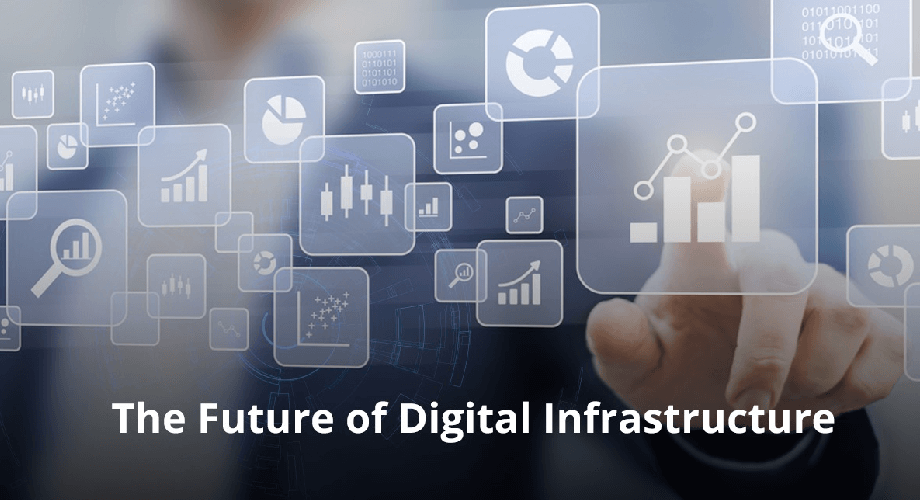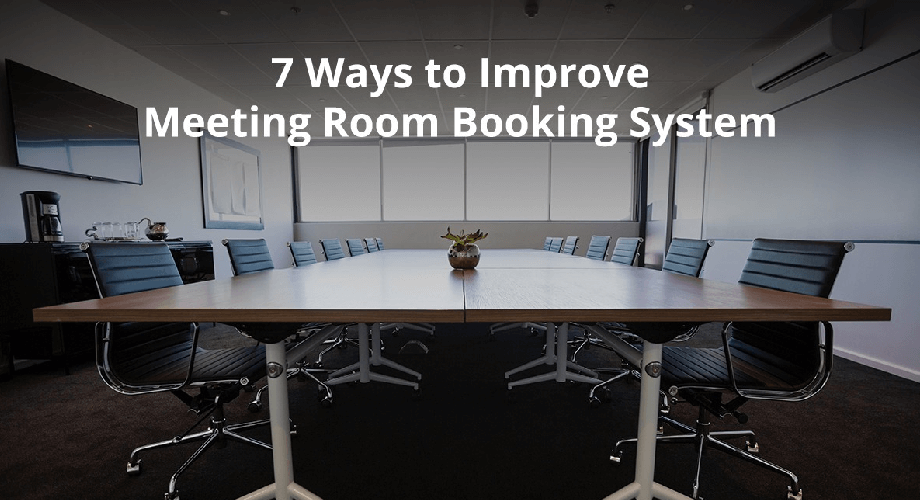Open floor plans had replaced the unpopular cubicle office, and businesses were experimenting with a more flexible approach to the workspace. Hot desking has earned a poor reputation in the time since then.
4 Digital Infrastructure Predictions Defining the Next Decade
Our projections for 2022 go further into the predominant dynamics that will speed up and boost the deployment and consumption of digital infrastructure managed services in India over the coming ten years in light of this dynamic digital transformation landscape.
Prediction #1: Success in the digital age will depend on overcoming hybrid multi-cloud complexity.
According to research, it is said that to accentuate business outcomes more than IT needs, by 2023, 40% of the Forbes Global 2000 will overhaul their cloud selection procedures. Supporting the organization’s business plan via hybrid multi-cloud while managing greater complexity will be one of IT’s main difficulties during this transformation. Hybrid multi-cloud will be crucial in defining how businesses work on their initial digital strategy. and use virtual desktop infrastructure in India as a service during the next ten years. Digital leaders will have a major competitive advantage if they employ automation, AI/ML, APIs, and edge assistance to negotiate the complexity of the cloud, data, and ecosystem.
Prediction #2: AI/ML at the edge will power 5G and IoT
The growth of data center infrastructure solutions in India, coupled with the development of 5G and IoT technologies, has embraced the global edge computing industry, which is anticipated to reach $43.4 billion by 2027. Within the next ten years, AI/ML will be present in every aspect of human life. AI drives robots, for instance, will be able to cultivate and transport food, deliver groceries, and cook. Law and public policy will be enhanced to better address the moral concerns of justice, explicability, and privacy protection in AI and ML.
Prediction #3: New trust models will top the cybersecurity agenda.
As the worldwide epidemic persists, cyberattacks are growing, costing an estimated $6 trillion globally in 2021 and $10.5 trillion annually by 2025. Cybercriminals continue to surpass the sector with their sophisticated attacks, preventing businesses from implementing their digital business models. As their companies prepare for and remain ahead of the future, IT leaders must assist their organizations in navigating the hazards of today and balancing the risks through data center infrastructure solutions in India.
Prediction #4: Businesses worldwide will move to net-zero
Success in public and private enterprises worldwide now depends on implementing green implementations. We think that being at the forefront of the transition to net-zero is in the best interests of our clients—sustainability fuels digital infrastructure innovation, affecting everything from corporate strategies and practices to full-cycle supply chains. Global market forces are already aiming for real net-zero (no carbon) in their operations and supply chains, going beyond climate neutrality. This means that over the next ten years, businesses, governments, and their allies must cooperate to meet science-based targets that will reduce greenhouse gas emissions by roughly 50% by 2030.
Final thoughts
The above projections for the future of digital infrastructure lead to a digital infrastructure strategy that takes into account operational complexity driven by data, sourcing decisions based on business outcomes, and autonomous operations. Businesses need to invest in digital infrastructure management in India and promote a digital-first culture that takes advantage of reputable industry ecosystems, promotes lucrative revenue growth, offers sympathetic customer experiences, and has the capacity to modify operating models to meet the diverse needs of customers.





7 thoughts on “The Future of Digital Infrastructure in India”
Comments are closed.